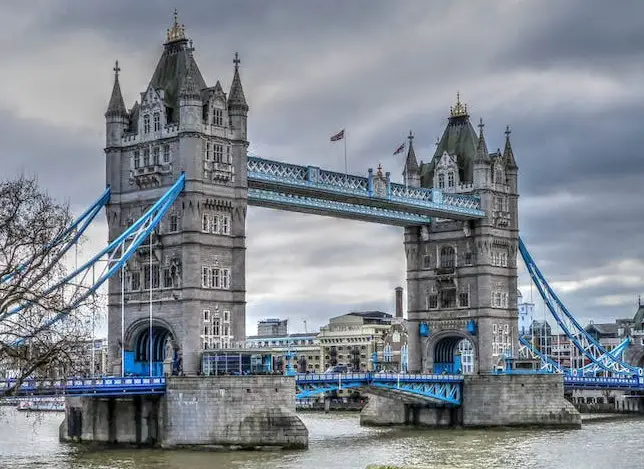This week, the UK Office for Budget Responsibility (OBR) reported that British households will see their debt levels rise from the current £73 billion ($92 billion) to $190 billion in 2026. That will work out to the average debt load per household increasing by the equivalent of about $6,700.
The forecast predicted that it would cost roughly $63 billion more to pay back the debt than during the 2008 financial crisis.
According to reports, it is going to cost citizens an extra $289 per month by 2026, vastly overwhelming the $50 per month which the average wage earner will save following the recently announced cuts to National Insurance that Chancellor Jeremy Hunt imposed.
The British Telegraph newspaper reported that the Liberal Democrats have blamed the rapidly rising interest rates, which have been set by the Bank of England, for the soaring debt levels.
Sarah Olney, the party’s Treasury spokesperson, said, “This is a horror show for Brits. There is no end in sight to the mortgage nightmare faced by millions.”
She added, “Not only have household finances been clobbered by a barrage of tax rises, but now they face household debts not seen since the financial crisis.”
In another report by the OBR, the office predicted that in 2025 and 2026 the economic growth in Great Britain will be lower than the agency had previously predicted. In addition, the the OBR predicted that UK households would see the largest five-year reduction in standards of living ever seen during a peacetime period. It forecasted that there would be a 3.5% reduction in real household disposable income compared to its pre-pandemic level.
The Telegraph pointed out the reduction in real living standards would be the largest seen since the Office for National Statistics had begun keeping records in the 1950’s.

